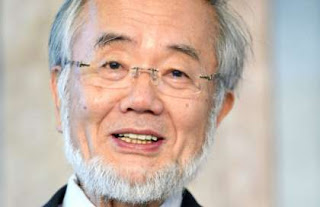Certainly, the US government does not want to spend tax money on a wrong investment. Contrary to propaganda statements by Naysayer-right wing populists, the US government is doing meticulous job on medical science research, as far as I know, with systematic third party review processes for the grant and contract programs and with occasional site visits such as this visit.
Contemporary science has gotten bigger. A lab doing everything inside the lab belongs to the past. We need right and interactive environment to get the job done. In fact, we work with many core facilities and other laboratories and PIs (Principal Investigators). They include Bioinformatics core facility, imaging core, chemical synthesis, HPLC analysis, animal facility and support staff, histopathology core, etc. We were showing the Directors that they are real and capable facilities, not made-up on-paper-only entities.
The change in scientific research is a reason that a student needs proper training to get into the contemporary scientific research industry, even in academic settings. We need to think bigger and have skills to coordinate everything needed to get the research done as a PI. Don't be naive.
Yesterday (10/29/2016), we had a Halloween Party at the OKC swing dance club.
[10/29/2016 Halloween Party]
Perhaps I should put a disclaimer here just in case? My opinions expressed in this blog do not represent those of my workplace organization's.





